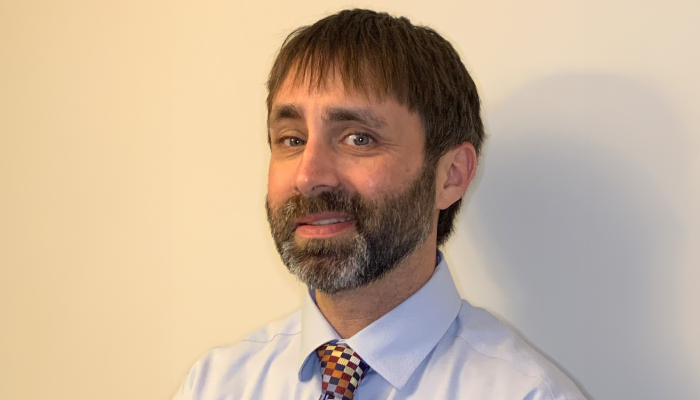
Andrew D. Pucker
Dry eye disease (DED) is characterized by many different symptoms, including dryness, burning, watering, foreign body sensation, or itching in the eye. It can also lead to ocular surface pathology, such as surface staining, decreased tear film quality, and altered eyelid health. However, these signs and symptoms may or may not occur together. Some patients experience mild effects of the condition whereas others can face a decreased quality of life or clinical depression. There are a number of drugs approved for treating DED, but adherence is often poor given the chronic nature of the disease and the frequent need to dose the drugs multiple times per day. With this in mind, there is room in the market for new treatments.
To plan more efficient, multi-center clinical trials that may yield these new treatments, it’s worth evaluating the current DED clinical trials market within North America. The most prolific DED drug sponsors active in the region are ones you are likely familiar with: Alcon (45 trials), Allergan (29 trials), Innovative Medical Products (15 trials), Bausch Health Companies Inc (12 trials), and Laboratorios Sophia SA de CV (10 trials), as seen in Table 1. The most frequently evaluated drugs in the DED space are Restasis (27 trials, AbbVie), lifitegrast (26 trials, Bausch & Lomb), Refresh Optive (26 trials, Allergan), Systane (22 trials, Alcon), and Refresh Plus (20 trials, Allergan) likely given their duration in the market (Table 2).
Table 1: Top 10 Most Prolific Dry Eye Drug Sponsors
Table 2: Top 10 Most Frequently Evaluated Drugs in the Dry Eye Disease Market
GlobalData lists 466 DED trials evaluating 245 different DED drugs as of April 30, 2024. Though not all trials reported endpoint status, the data suggests that 69.0 percent achieved their endpoints, 17.8 percent had inconclusive endpoints, 10.6 percent did not achieve their endpoint, and 2.8 percent of trials partially achieved their endpoints. Moreover, the first trial was completed in 1997 with the most trials being reported in 2021 (Figure 1).
The number of completed trials in 2023 and 2024 are unlikely to be finalized given the delays in trial reporting. However, 385 trials (of over 200 different drugs) were listed as complete. Note, however, that completed trials were included for subsequent trial-specific enrollment data as a result of incomplete trials that may not be indicative of market medians.
Of 135 multi-center trials with enrollment data, the overall median enrollment period, study duration, number of subjects enrolled, number of sites utilized, and enrollment rate for all trials was 7.3 months, 9.7 months, 230 subjects, 11 sites, and 2.83 subjects/site/month, respectively.
Later phase trials also tend to be larger and have faster enrollment rates than early phase trials because their methods are vetted during earlier development phases and because a large number of DED subjects is needed to prove the efficacy and safety of a drug, so it can ultimately be approved by regulatory agencies for prescription use. Full enrollment metrics can be found in Table 3.
Figure 1. Number of completed dry eye disease trials in North America by year
Table 3: Median (Interquartile Range) Enrollment Data for Multi-Center Dry Eye Trials
The enrollment data I found can be valuable for initial trial design planning and for sponsors seeking funding. Nevertheless, the final enrollment plan must be tailored to the primary trial outcome. This outcome is typically used to determine the sample size, trial inclusion and exclusion criteria, and the drug profile. Considering these factors will be crucial for efficiently bringing new DED drugs to market; after all, overestimating enrollment rates is the leading cause of trial failure.
